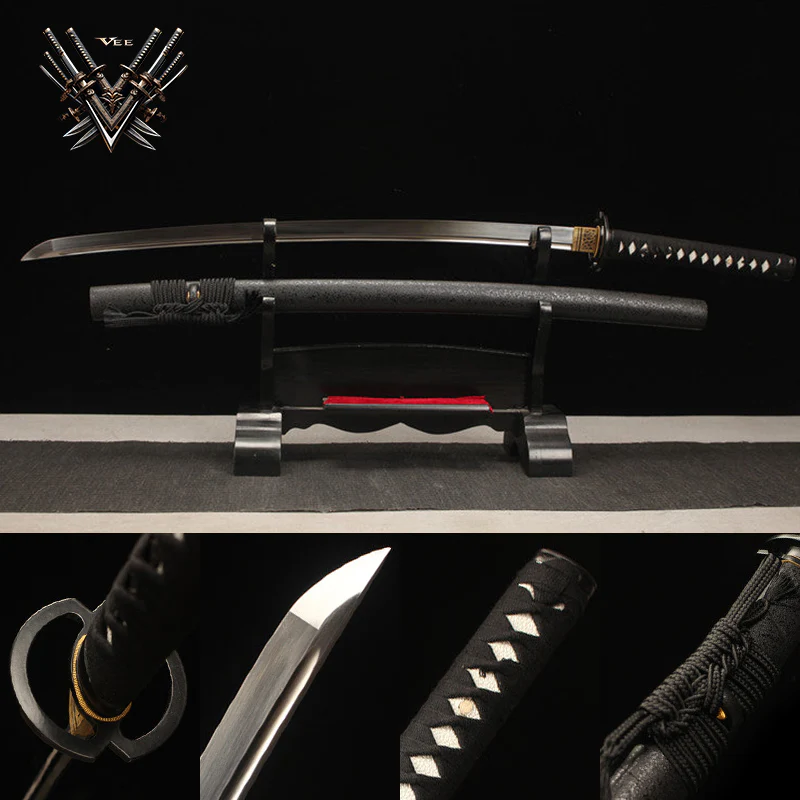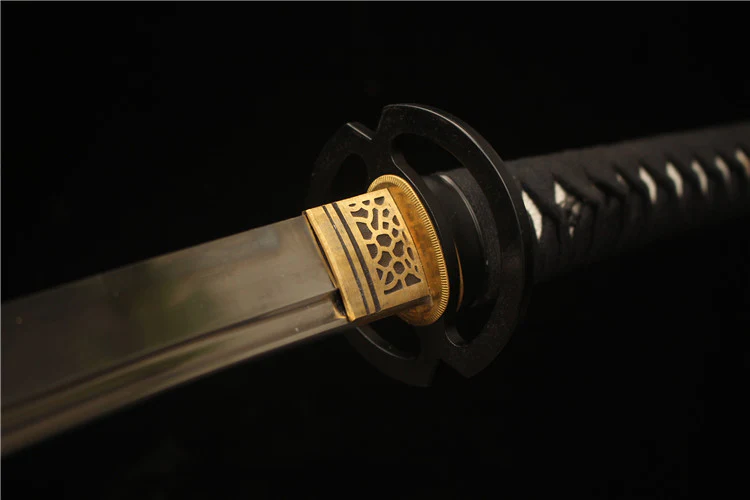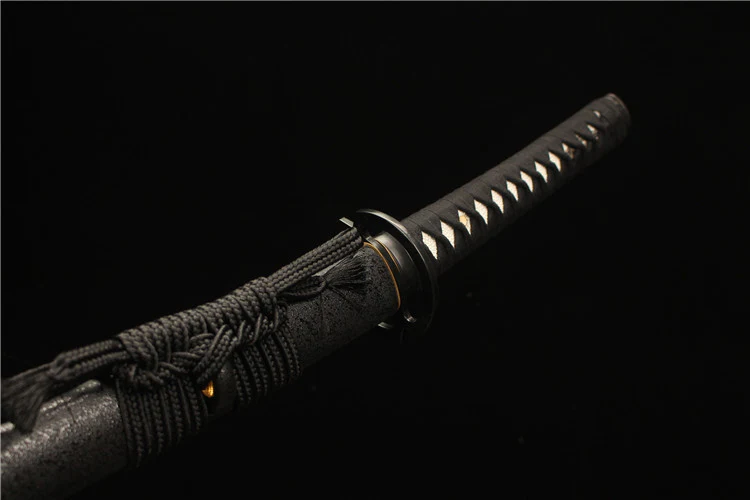Veekatana: Honoring the Legacy of the Samurai with T10 Steel and Musashi-Style Katana

The world of Japanese swords is vast, with each type of katana holding its own unique significance and craftsmanship. Veekatana pays homage to this tradition by crafting authentic katanas that blend historical accuracy with modern durability. Among the many sought-after swords, the Musashi-style katana is a revered choice, named after the legendary samurai, Miyamoto Musashi. With T10 steel blades and the highest standards in craftsmanship, Veekatana’s katana swords capture the essence of the warrior spirit.
The Musashi Katana: A Legacy of Strength
What kind of katana did Miyamoto Musashi have?
Miyamoto Musashi, one of Japan’s most famous swordsmen, is said to have wielded a katana that was both practical and deadly, without unnecessary embellishments. While the exact details of Musashi’s katana remain partly a mystery, we know it was built for resilience and quickness. Veekatana draws inspiration from Musashi's philosophy, producing swords that reflect his legendary style with durable materials like T10 steel, offering modern-day warriors a piece of samurai legacy.
Where is Miyamoto Musashi’s swords?
Historical records show that Musashi’s swords were passed down through generations, but only a few examples remain today in museums and private collections. Veekatana strives to recreate these legendary swords by focusing on authentic designs, including options for blades crafted in high-carbon steel 1095.

The Strength of T10 Steel: Built for Performance
T10 Steel: What Makes it the Best Steel for a Katana?
For a katana to perform like a true mortal blade, it must be crafted from high-quality materials. T10 steel is widely recognized for its toughness, edge retention, and durability. Compared to other types of steel, T10 offers a perfect balance between hardness and flexibility, ensuring that the blade can withstand intense use without chipping or breaking. This makes it ideal for crafting a Musashi-style katana, designed to handle real-world combat situations.
Comparing the Katana to Other Japanese Swords
Katana vs. Nodachi
The katana is known for its versatility and relatively compact size, typically around 29.5 inches in blade length. In contrast, the nodachi is a much longer sword, often used by foot soldiers. While the nodachi’s impressive length offered advantages in reach, it was not as maneuverable as the katana. The katana’s ideal length and weight make it suitable for both swift and powerful cuts, a testament to its lasting popularity among warriors.
Katana vs. Wakizashi
The wakizashi is a shorter sword, typically paired with the katana in a daisho (two-sword set), symbolizing the samurai's social status. While the wakizashi is excellent for close combat and indoor use, the katana’s length and cutting ability make it the preferred choice for open combat. Veekatana offers a range of katana and wakizashi options, allowing sword enthusiasts to own both blades and experience the unique handling of each.
Katana vs. Chokuto
The chokuto is a straight sword, predating the katana, with a design influenced by Chinese swordsmanship. Unlike the curved katana, which evolved to optimize cutting efficiency, the chokuto is more suited for thrusting. Veekatana’s selection of authentic Japanese blades allows buyers to explore the evolution of Japanese sword design, from chokuto to katana.
Crafting an Auspicious Katana with Traditional Design
Each Veekatana sword is crafted with the utmost care, combining traditional Japanese design with modern enhancements. From the finely carved iron tsuba (guard) to the massive wooden saya (scabbard), every element is created with quality and authenticity in mind. This attention to detail ensures that each katana is not only a weapon but also a work of art, bringing good fortune and a sense of purpose to its owner.

Dimensions and Specifications of a Real Japanese Katana
For those interested in technical specifications, the standard katana length of a Veekatana blade measures around 29.5 inches, with an overall length (including the scabbard) of 40.5 inches. This size strikes a balance between maneuverability and reach, ideal for both novice and experienced practitioners. The blade thickness of 0.30 inches and width of 1.2 inches ensure optimal cutting power, while the 10.2-inch handle provides a comfortable grip.
How to Sharpen a Katana
To maintain a katana’s edge and ensure peak performance, regular sharpening is essential. Traditional Japanese sharpening techniques involve using specialized whetstones, a process that requires skill and patience. Veekatana provides guidance on how to properly care for your sword, preserving its sharpness and beauty for years to come.
The Most Expensive Katana in the World and the Veekatana Alternative
While some Japanese swords sell for millions due to historical significance, Veekatana offers an accessible way to own a real Japanese katana without compromising on quality. Our T10 steel Musashi-style katana combines superior craftsmanship and performance at an affordable price, making it a valuable addition for collectors and martial artists alike.
